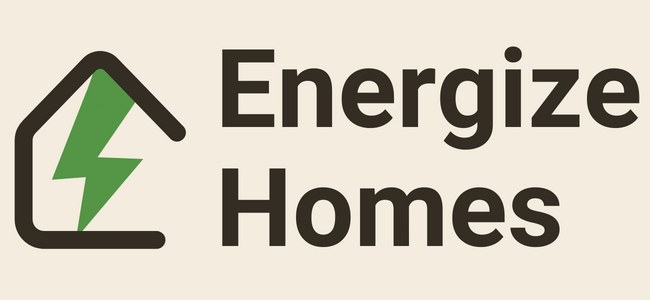How Zoning Systems Work with Heat Pumps, and If They Are Beneficial
In summary, integrating a zoning system with a heat pump can offer increased comfort and energy savings, but it’s crucial to understand the technical aspects such as control compatibility, balance points, and proper load calculations. When planned and executed correctly, this combination can provide a highly efficient and comfortable heating and cooling solution for your home.
Introduction
Understanding how zoning systems and heat pumps can synergize in a residential setting involves delving deep into the mechanics of HVAC (Heating, Ventilation, and Air Conditioning) systems. We’ll look at the principles behind both heat pumps and zoning systems, how they can be integrated, and whether or not this coupling offers any significant benefits.
Heat Pumps 101
What is a Heat Pump?
A heat pump is essentially a reversible air conditioner. Instead of merely pumping heat out of your home, it can reverse its refrigeration cycle, bringing heat in during colder months. Heat pumps rely on a refrigerant—a substance with very low boiling points—to absorb and release heat. They consist of two main components: the indoor air handler and the outdoor condensing unit.
Energy Efficiency Metrics
Heat pumps are typically gauged by their SEER (Seasonal Energy Efficiency Ratio) and HSPF (Heating Seasonal Performance Factor) ratings. Higher numbers indicate greater efficiency.
| Rating | Explanation |
|---|---|
| SEER | Cooling efficiency during the summer |
| HSPF | Heating efficiency during the winter |
What are Zoning Systems?
Definition and Working Principle
A zoning system is a mechanism that allows you to control the temperature of different “zones” or areas within your home. A zone can be as small as a single room or as large as an entire floor. Zoning systems operate using dampers installed within your ductwork, controlled by individual thermostats for each zone. These dampers open and close based on the temperature demand of each zone.
Types of Zoning Systems
- Electronically Controlled Dampers (ECDs): These are the modern and more accurate versions of the traditional manually controlled dampers.
- Variable Air Volume Systems (VAV): Commonly used in commercial settings, VAV systems are becoming increasingly popular in upscale residential environments.
Integration of Zoning Systems and Heat Pumps
Control Compatibility
One major concern when integrating a zoning system with a heat pump is the control compatibility. Not all heat pumps can modulate their output to different zones efficiently. However, modern inverter-driven heat pumps, which can adjust their operating speed, are more compatible with zoning systems.
Balance Point
It’s crucial to consider the balance point—the temperature at which a heat pump switches from using its internal method of heat extraction to a supplementary heat source—when you have a zoning system. If not correctly calibrated, different zones could trigger the supplementary heat source unnecessarily, causing inefficiency.
Capacity and Load Calculations
Accurate Manual J and Manual D calculations are indispensable when combining zoning systems with heat pumps. Manual J calculations determine the heating and cooling loads for different zones, while Manual D calculations deal with proper ductwork sizing.
Benefits of an Integrated System
Energy Savings
The primary advantage is the potential for energy savings. By only conditioning the spaces that need it, you avoid the energy wastage common in traditional central HVAC systems.
Increased Comfort
Variable speed heat pumps can work in tandem with zoning systems to provide optimal comfort by modulating the heat or cooling distributed to each zone based on real-time needs.
Operational Longevity
Both the heat pump and the zoning system experience less wear and tear because they operate closer to their optimal points, extending the lifespan of the entire HVAC system.
